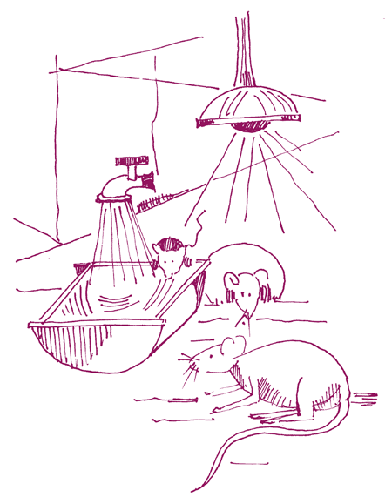The special status of the shares in the causal reasoning in rats
DOI:
https://doi.org/10.31908/grafias.v0i28.1313Keywords:
Causality, rats, experimental psychology, conditioningAbstract
The oriented studies toward the causality in animal models, begin from that idea that what divides the human beings from the non-humans is the capability of making causality relations. Some experiments indicate that rats understand the relation between seeing and doing, which will implies making right inferences from an observational learning, getting to the idea that the reasoning capability with causal models wouldn’t be unique in the human beings, but it will appear in animals. To prove this type of inference, they were placed 8 wistar male rats in a restriction program of water access. Lately they were trained in a pavlovian conditioning paradigm, where an A stimulus (10s of light) was followed for a B stimulus (10s of sound), an A stimulus (10s of light) followed for a water delivery and a C stimulus (bell or tone) followed of water. It was found that the subjects learned during the 7 observation sessions further than in the presence of sound, this replica of the findings of the bibliography confirms the capability of the animals to stablish causal relations between events.
References
Perales, J., Catenas, A., Ramos, M. y Maldonado, A. (1999). Aprendizaje de relaciones de contingencia y causalidad: Una aproximación a las tendencias teóricas actuales. Psicológica 20, 163-193. Recuperado de http://www.uv.es/revispsi/articulos3.99/perales.pdf
Blaisdell, A., Sawa, K. & Waldmann, M. (2006). Causal reasoning in rats. Science 17, (311), 1020-1022.


